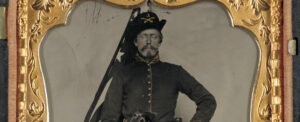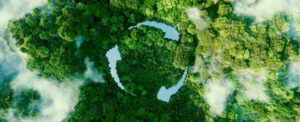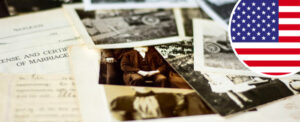Understanding old photography methods is an invaluable skill to have in your genealogy research.
This is due to the fact that each type of vintage photograph was developed at different times and had its own set of unique characteristics.
If you know what sort of old photograph you’re viewing, you can more accurately determine when it was taken, allowing you to focus your searches on very specific dates.
This is incredibly helpful as it will help you make the most of your resources and speed up your family history research immensely.
In this post I discuss the 5 main types of old photograph methods, including when they were prevalent and how to identify them.
Let’s dive in!
1. Daguerreotypes
Circa: 1839-1860
Daguerreotypes were one of the earliest types of photograph and were created using a silver-plated copper sheet. They are named after Louis Daguerre, who invented the process in 1839. (To learn more, read my short guide to the history of photography.)
The image on a daguerreotype is clear and sharp, and has a mirror-like finish. This is because the image is created by polishing the copper sheet until it is very smooth and then coating it with silver.
Daguerreotypes were popular in the 1850s and 1860s, but their popularity declined after the introduction of ambrotypes and tintypes.
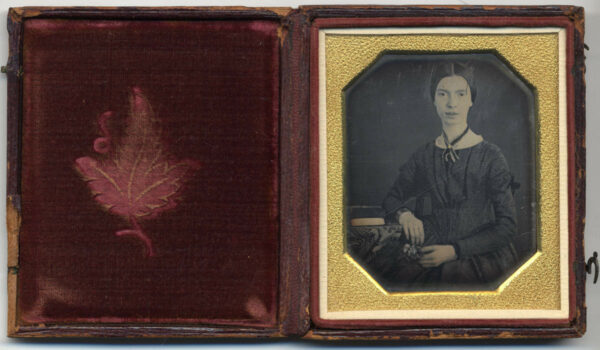
Features:
- Generally quite small (a typical size being 2 3/4 x 3 1/2 inches)
- Highly detailed with crisp, sharp images
- The base is a polished silver-coated copper plate
- Mirror-like finish makes it highly reflective (almost a ghost-like quality as image can only be seen at certain angles)
- Most daguerreotypes are very delicate and hence displayed in a case
By the late 1850s, the daguerreotype was being surpassed in popularity by the ambrotype.
2. Ambrotypes
Circa: 1855-1870
Ambrotypes are a type of old photography method that was popular in the mid-19th century. They were produced by the same process as a daguerreotype, but used a glass plate rather than a copper one. These were also fragile and so are often also found in protective case.
Ambrotypes and daguerreotypes are also similar in that they’re both one-of-a-kind, unaltered photographs that can only be duplicated by using a camera.
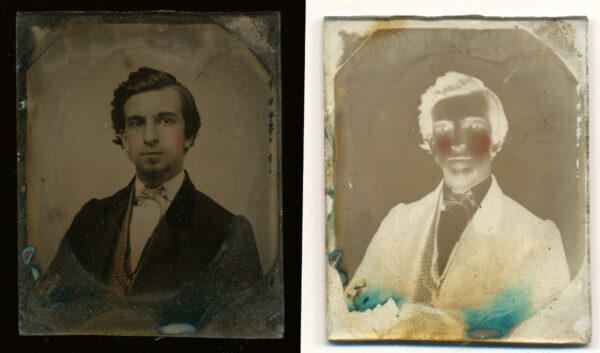
Features:
- Ambrotypes are made of glass (unlike a daguerreotype which is silver-plated copper)
- Small and detailed, like a daguerreotype
- Does not have a reflective surface
- Usually in a hinged case behind glass
- Typically has black varnish on the back-surface of the glass or is lined with black velvet (in order to see the positive image)
By mid-1860, ambrotypes were being surpassed in popularity by tintypes.
Did you know? In the UK, ambrotypes are also known as “collodian positives” owing to the collodion wet-plate technique employed.
3. Tintypes (or ferrotypes)
Circa: 1856-1890s (they were still used into the 1900’s, albeit to a lesser degree)
Tintypes were the first type of vintage photograph to be mass-produced and are often called “the old photographs with a soul.” Tintype is an old photography method that was invented in 1855 by Hamilton Smith, who used it for capturing images on blackened iron plates.
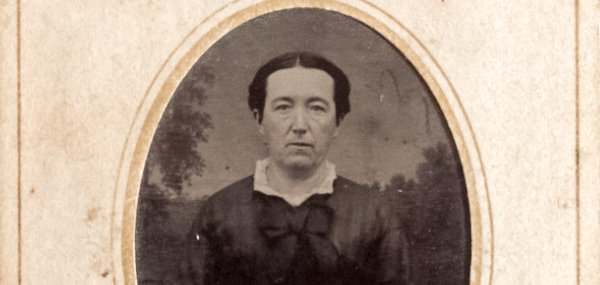
Features:
- The photo is on a thin plate of iron (with a black lacquered surface)
- Tintypes are magnetic
- Often found in decorative paper or card casing
- The image is dull and has low contrast
- The black lacquered surface can have pockets of buckling and redness (due to the rusting of the iron beneath)
I’ve written a whole article dedicated to Tintypes so check it out to learn more!
4. Carte de Visite (CdV)
Circa: 1855-1870s
Carte de visite (CdV) is a type of vintage photograph that was popular in the 1860s. It is a small portrait photograph, usually measuring 2 1/2 x 4 inches or 6.4 x 10.2 cm. They were first introduced in France in 1854 and became popular in the United States and Britain.
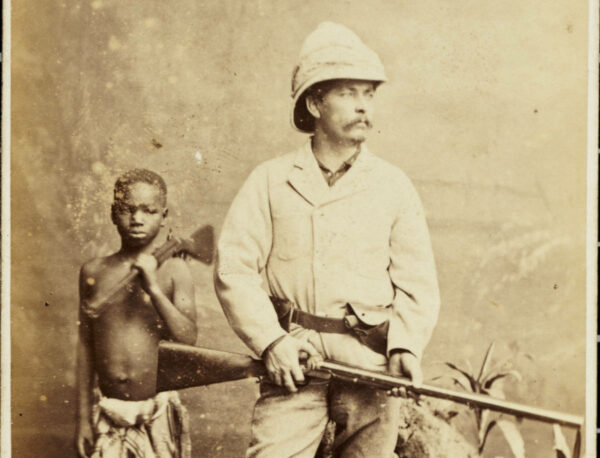
Features:
- Usually an albumen-based emulsion used
- The photo is on paper that is glued to a heavy piece of card
- They have the vintage photo sepia tone
- Either has round or sharp corners
- Typically measure 2 1/2″ x 4″
Multiple copies of the same image were often produced and used as calling cards, popular amongst soldiers and their families because they could be easily be sent and carried.
5. Cabinet cards
Circa: 1860-1880s
Cabinet cards were popular in the United States and Canada from the 1860s to the 1920s. They were very similar to Carte de Visite’s in process and design but were usually larger than, measuring 4 1/4 x 6 1/2 inches or larger. Cabinet cards were typically used for portraiture, although some landscapes and other types of images were also created.
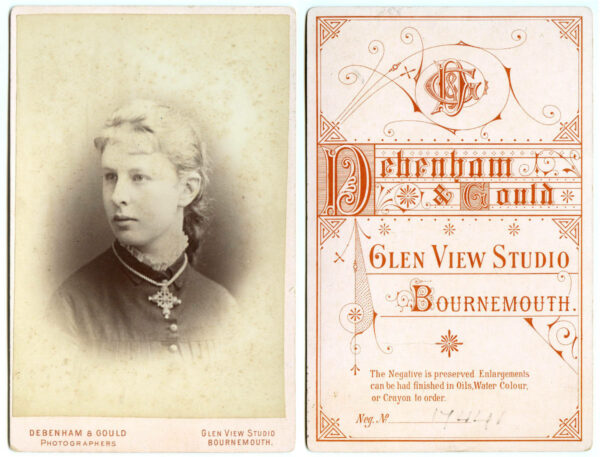
Features:
- Like a Carte de Visite (CdV) but bigger (Typically 4 1/4″ x 6 1/2″)
- Typically mounted on thicker cardboard (compared with CdV)
- Compared to CdV, they were better quality, sharper and brighter colours (due to improvements in the photographic process)
- Featured silver and black tones in addition to sepia
- Bevelled or scalloped edges
- Some have lavish borders, while others are quite simple (more ornate decoration typically suggests a later date)
- Mostly used for formal portraits
- Backs feature photographer marks and logo
Conclusion
Whether you’re interested in genealogy or just a collector of old photos, taking the time to learn about old photography methods can be extremely helpful.
In summary, the five main types of old photographs are:
Understanding these different types of vintage photographs and when they were used can be invaluable to your family history research. It can narrow down your date range and focus your research on a specific time period to help find those elusive ancestors much faster!
I hope you enjoyed this blog post on old photography methods. Please share it with anyone who is interested in old photos or family tree research!

